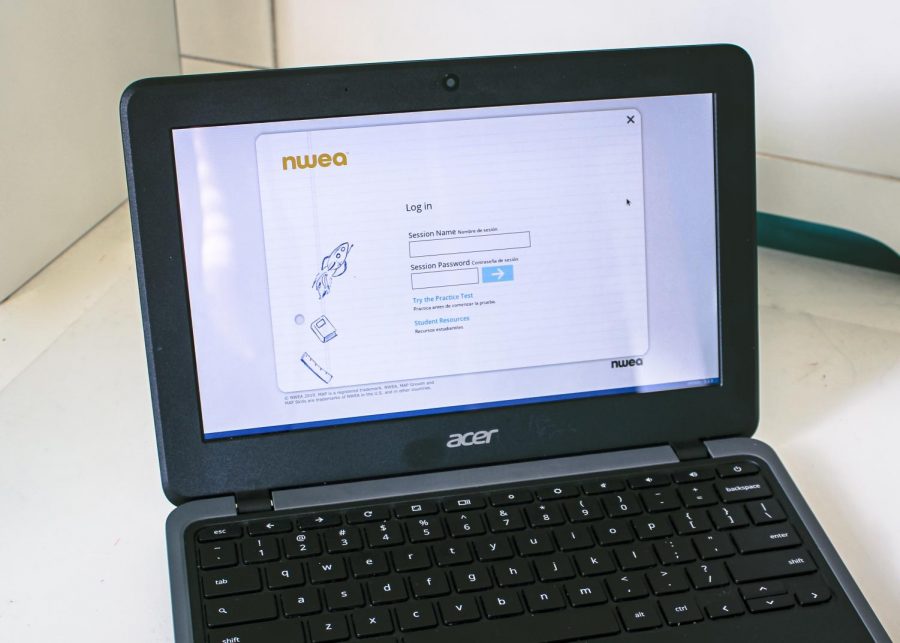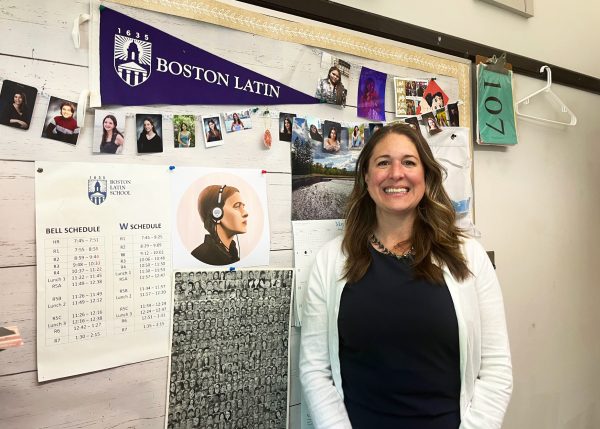Students MAP Their Way to Success
After returning to school fully in-person, students adapt to taking tests online.
On October 21 and 22, Boston Latin School administered the Measure of Annual Progress (MAP) test to Classes VI, V and IV to map out student knowledge and growth.
Delivered during extended homeroom on school-issued Chromebooks, the test measures how prepared students are to learn grade-level concepts this school year in English and mathematics. It is adaptive, meaning that the questions on the test change based on previous responses. The questions get harder if students get more questions correct, or easier if they get more questions incorrect.
Alexander Beaulieu (V) reflects, “The MAP test was different from other standardized tests that I have taken in the past [because of its adaptive nature]. There were never multiple questions in a row that were on the same topic.”
Although other Boston public schools have administered the MAP in the past, this was BLS’s first time. BPS mandated that all schools run the test this year, and the COVID-19 pandemic was a major factor in this decision. After being out of school for so long, educators wanted to see the effect on student learning and where they are now academically.
Mainly because of the large student body at BLS, planning for the test was difficult, and administrators had to be flexible when implementing the test. In addition to taking the test in their homerooms, some students took it in the library. The MAP testing re- sulted in a change in schedule, which included one of the longest extended homeroom periods in school history.
Much like the Massachusetts Comprehensive Assessment System (MCAS), students were given a test code and teachers proctored the test. When students finished the test, they were allowed to do unrelated work. The times at which they finished varied depending on the number of questions each student received.
Most students did not use all of their allotted testing time. Although two hours and 30 minutes were devoted to the MAP testing, most finished with plenty of time to spare. Students who did not finish during this time were allowed to continue testing later in the day.
Mr. Jeffrey Gibbons, a floor supervisor, says, “My observations are [that] the test went well. Many students finished with plenty of time remaining.”
A few weeks after the test, results were available individually for each student. These results were sent out directly to parents, who were encouraged to share them with their students. The results showed that all students were ready for grade-level concepts for the upcoming year, though Associate Head of School Jonathan Mulhern explains, “We have scores right now, but it will take time to interpret the data.”
Other standardized tests, including the MCAS, will stay in use for the foreseeable future, but the inclusion of the MAP is expected to continue.
Head of School Rachel Skerritt says, “Our expectation is that we would do it every fall, though there is the possibility that grade nine could take it in the spring.”






